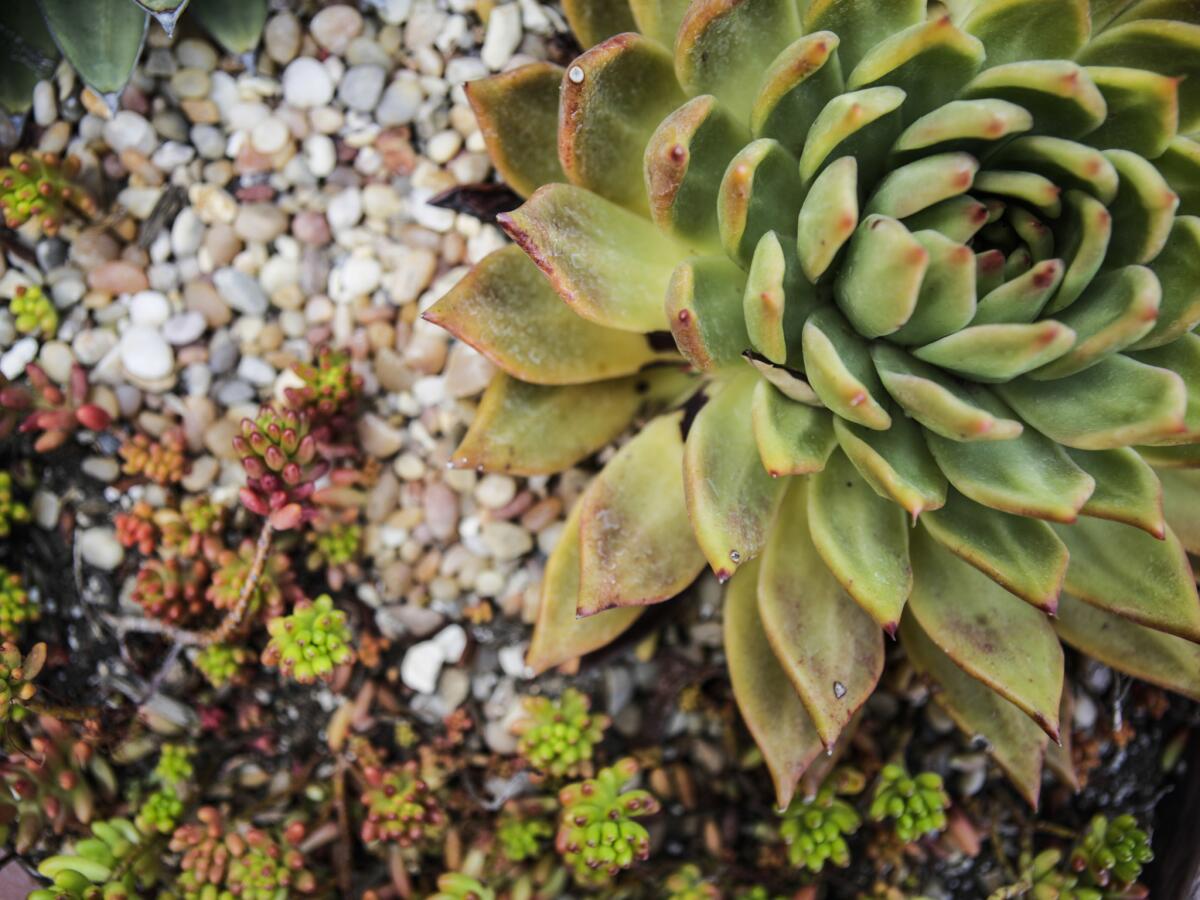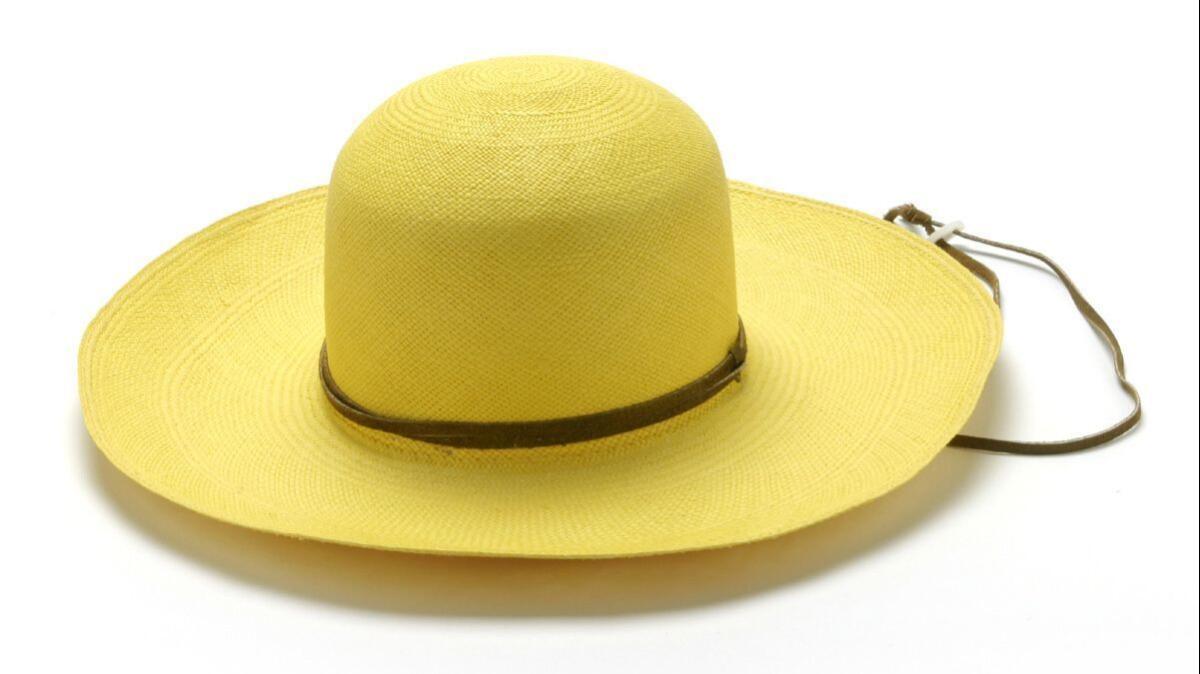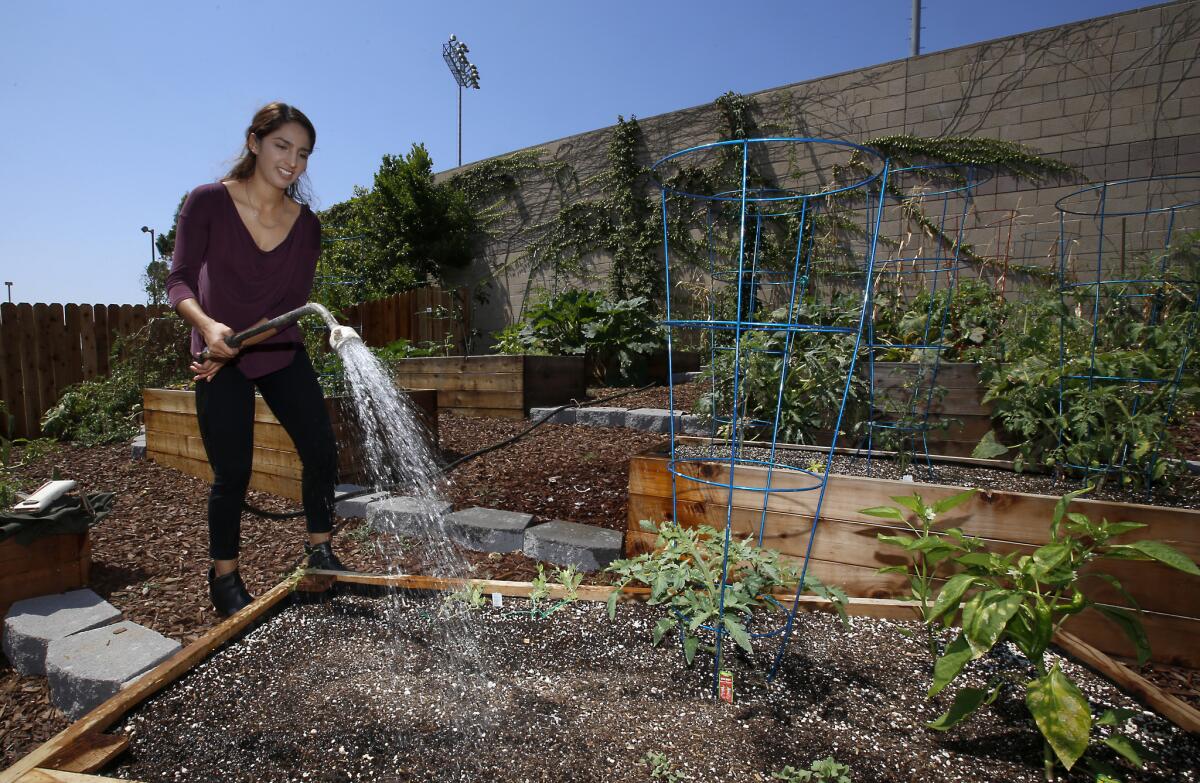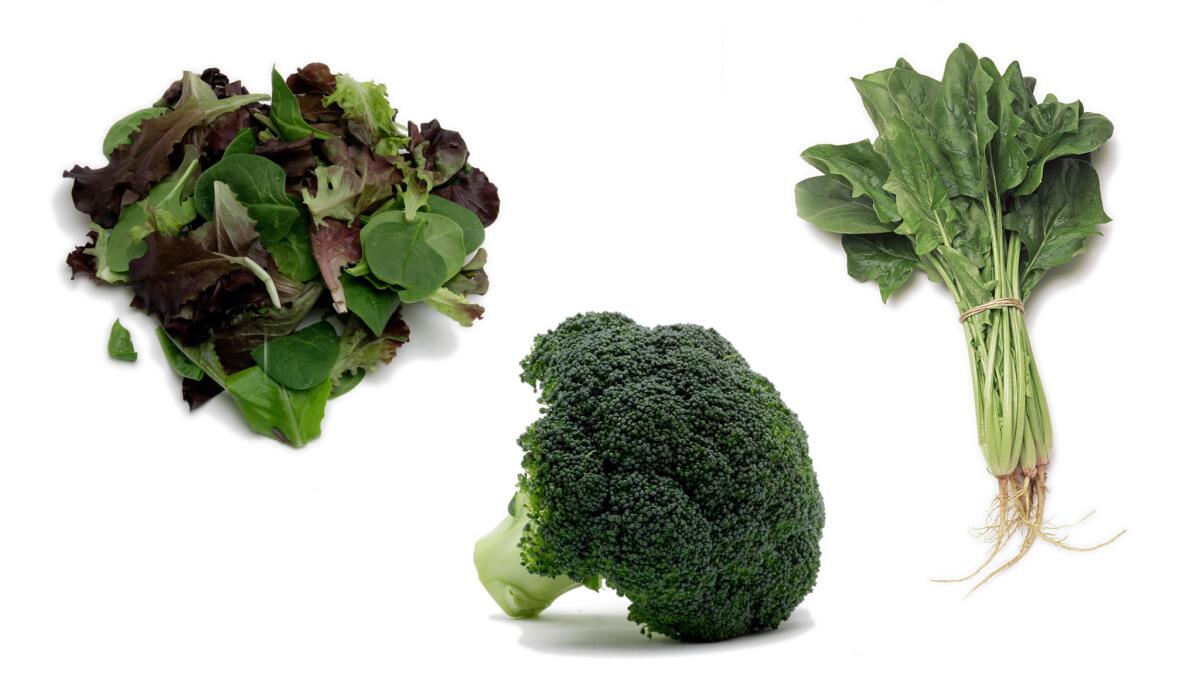22 things to do in your garden in September

- Share via
August was hot and muggy. September is usually roasting hot, sometimes with a thunderstorm or two. With water usage likely to be at peak demand this month, manage garden irrigation carefully. Here are 22 other gardening tasks to attend to this month:
1. Water ornamental plants deeply; run the water for a long time, then let the soil dry before you water again. With every watering, the water should penetrate at least 6 to 8 inches down into the soil.
2. Irrigating vegetable gardens is completely different. In the vegetable garden, the soil should be damp at least 4 inches deep, at all times. Damp, not wet. Stick your fingers down into the soil to see where the damp soil ends. If it is too dry, deep water once, after which continue with shorter, regular irrigation cycles to keep the soil damp from the surface of the garden bed, down ideally to 6 inches or more.
3. As important as it is to care for your garden, it is just as important to care for yourself. Limit gardening time to early in the morning and late in the afternoon. Stay out of the midday sun and heat. Even though it’s hot, keep your arms and legs covered. Use sunscreen and reapply it every few hours. Get a comfortable hat with a wide brim to shade your face, neck and shoulders.
4. Mulch almost every soil surface — use straw mulch for vegetables; rock, gravel or decomposed granite for succulent gardens; wood-based mulch for everything else. If you mix succulents and non-succulents, use a wood-based mulch. Wood mulch needs to stay at least 6 or 8 inches away from the base of the plants.

5. Leave some patches of bare soil for ground-dwelling native bees. They are very important garden pollinators.
6. If your plants look a little peaked at the end of the day, don’t water. Instead, wait and check them in the morning. Often in the intense heat, plants lose water to the air faster than their roots can take it up from the soil. Overnight, the roots catch up and the leaves perk back up. However, if they are still droopy the next morning, they are telling you it is time to water.
7. Be especially water frugal with native and drought-tolerant woody trees and shrubs.Warm soil that is too wet encourages deadly soil fungi that kill the plants. Instead, irrigate only occasionally if at all, using in-line drip (for natives too). Run the drip at night when soil is its coolest.
8. Use a sharp blast of water to clean off dusty plants and those covered in spider webs. That washes away mites and other tiny pests that hide or nest in the dust.
9. If you plan to kill your lawn by solarizing it, you are almost out of time. Start right away while the sun and heat are strong enough to superheat the soil and kill plants, weeds and seeds in the upper layer. This simple process involves clear (not black) plastic and takes six to eight weeks in the hottest months of the year. Beneficial soil microbes will die in the process, but their populations rebound quickly after the soil cools. More info on solarizing your lawn.
10. Pick ripe fruits and vegetables to eat, to preserve, to freeze and to keep scavenging rats, possums and other critters from treating your garden as their favorite fast-food joint.

11. Prune fruit trees right after the harvest to keep them short for easy access. You’ll prune to shape once the trees go dormant in winter. For now, simply cut back the tall growth to keep the branches (and fruits) within reach. More info on summer prunning.
12. Fertilize summer vegetables, citrus and avocado. Use organic fertilizers and follow label directions. Water the fertilizer in, then cover with a few inches of mulch. Keep mulch pulled back from trunks and stems so they stay dry.
13. Start fall vegetables now from seed: broccoli, spinach, lettuce, arugula and so on. They’ll be ready to plant out in about six weeks.
14. Have fun with cauliflower! Grow different-colored varieties this year, including purple “Graffiti,” orange “Flame Star,” green “Puntoverde” and the traditional white varieties such as “Amazing” or “Denali.”
15. Buy seeds for cover crops to plant in your vegetable garden next month. Cover crops add nitrogen and organic matter to the soil. They also loosen overly compacted soils and act as natural mulch.

16. Feed pumpkin plants and remove any pumpkins that have soft spots or insect damage. Put a bed of straw under the good pumpkins to keep them off the dirt. Elevating them on an upside-down yogurt container or cottage cheese container is another option. Do the same for melons.
17. Continue to harvest late-season figs and grapes as soon as they ripen.
18. Pineapple guavas ripen and “self harvest” this month. As fruits drop to the ground, gather them, cut them open and enjoy their sweet flesh.
19. Continue planting spring-flowering South African bulbs such as species of Gladiola, Watsonia and Babiana.
20. Survey the garden for plants that have died over the summer. Cut them down, dig out their roots and send them off to the green waste facility, where they’ll be hot composted to kill any pathogens or insects that caused their demise.
21. This is a good time to appreciate succulents. Their forms and textures add so much to the garden, especially in plots planted with lots of fine or narrow-leaved plants. Add some broad-bladed succulents and the garden will come into balance.
22. When you rake leaves, don’t send them off in the green waste. Instead, pile them in a back corner and let them break down naturally over time to make mulch. Or leave them under plants to create natural mulch, especially for plants such as avocado and bamboo; those plants count on recycling nutrients back into the plants from their fallen leaves.
Sterman is a garden designer and writer. Her website is waterwisegardener.com.






